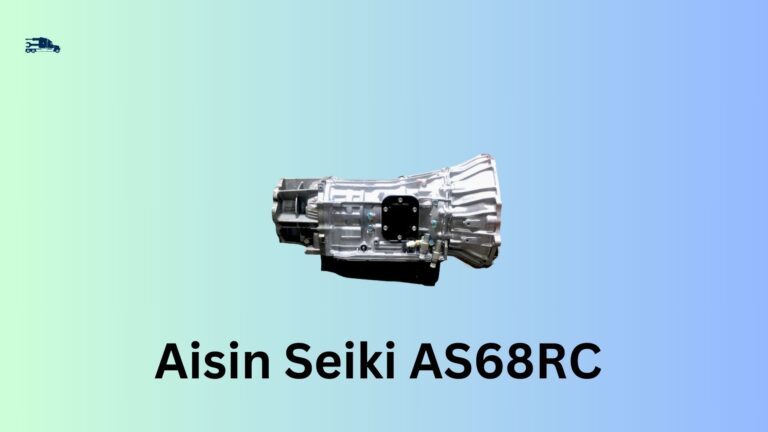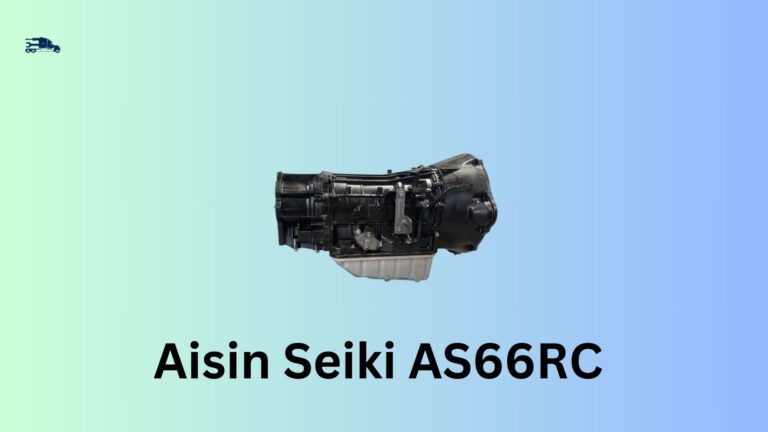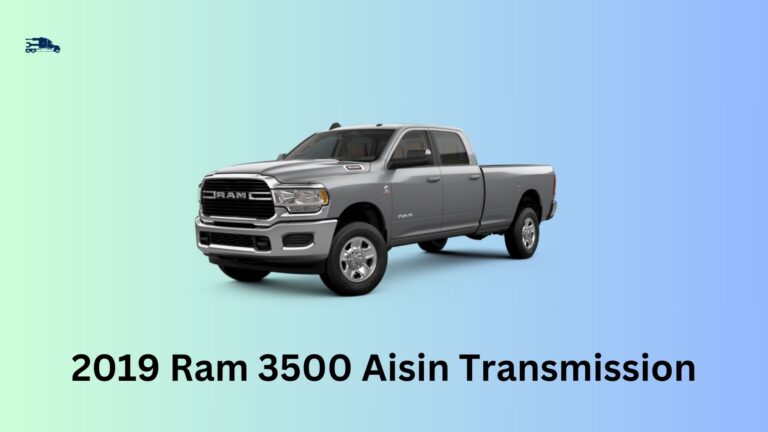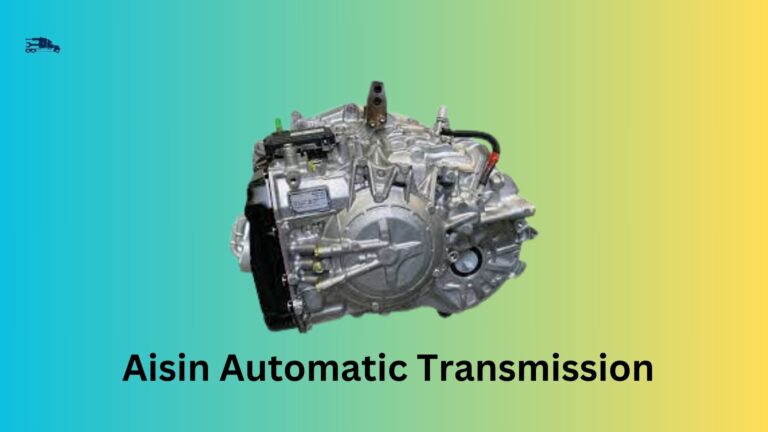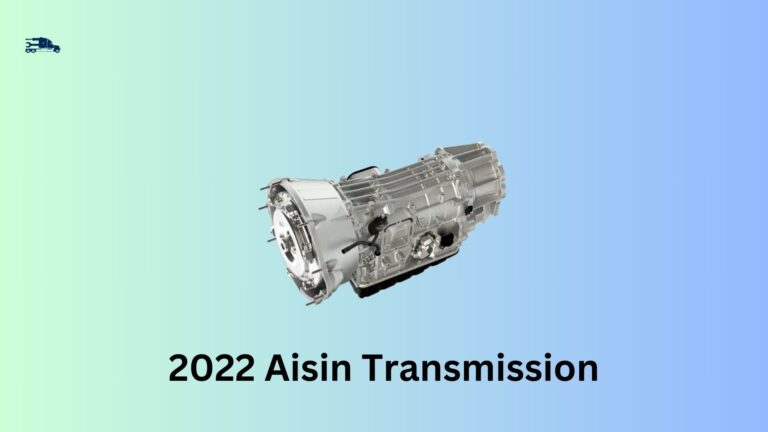Are you experiencing issues with your Aisin transmission? Don’t worry, you’re not alone! Aisin transmission problems can be frustrating, affecting your vehicle’s performance and causing headaches. In this blog post, we’ll dive into the common problems faced by Aisin transmissions, their causes, and practical solutions to help you get back on the road smoothly. Let’s tackle these transmission troubles together!
Table of Contents
Understanding Aisin Transmissions
Aisin transmissions are an essential component of your vehicle’s drivetrain, responsible for transferring power from the engine to the wheels. Understanding how Aisin transmissions work is crucial to grasp the intricacies of their operation and maintenance.
How Aisin Transmissions Work
Aisin transmissions utilize a complex system of gears, clutches, and hydraulic pressure to smoothly shift between different gears and transmit power efficiently. As you accelerate or decelerate, the transmission adjusts the gear ratio to optimize engine performance and vehicle speed.
Key Components and Their Functions
To comprehend Aisin transmissions fully, it’s important to familiarize yourself with their key components and their respective functions. These include:
- Torque Converter: Acts as a fluid coupling between the engine and transmission, allowing for smooth power transfer.
- Planetary Gear Sets: Provide different gear ratios by engaging different combinations of gear.
- Clutches and Bands: Engage and disengage different gears to facilitate gear shifting.
- Valve Body: Controls the flow of hydraulic fluid to engage the clutches and bands at the right time.
- Transmission Fluid: Ensures proper lubrication, cooling, and smooth operation of the transmission.
Importance of Regular Maintenance and Servicing
Regular maintenance and servicing play a vital role in preserving the longevity and performance of Aisin transmissions. Routine checks and fluid changes help prevent issues like overheating, premature wear, and fluid contamination. By sticking to the manufacturer’s recommended maintenance schedule, you can ensure that your Aisin transmission operates optimally and minimizes the risk of encountering problems down the road.
10 Common Aisin Transmission Problems
Experiencing issues with your Aisin transmission can be frustrating, but understanding the common problems and their solutions can help you navigate through these challenges with ease.
1. Torque Converter Issues
One common problem with Aisin transmissions is torque converter issues. A failing torque converter may result in a lack of power transfer, leading to sluggish acceleration or even stalling of the vehicle.
If you notice these symptoms, it’s essential to have your torque converter inspected by a professional. Depending on the severity of the issue, it may require repair or replacement to restore proper functionality.
2. Transmission Overheating
Overheating is another common problem that can affect Aisin transmissions. High transmission fluid temperatures can lead to damage to internal components, fluid degradation, and even transmission failure.
To prevent transmission overheating, ensure that your vehicle’s cooling system is working correctly. Regularly check and replace transmission fluid as recommended by the manufacturer. If you notice signs of overheating, such as a burning smell or fluid discoloration, have your transmission inspected immediately.
3. Delayed Engagement
Delayed engagement refers to a delay or hesitation when shifting gears, often accompanied by a slipping sensation. This issue can affect the overall performance and drivability of your vehicle.
Delayed engagement may be caused by low transmission fluid levels, worn-out clutches, or a faulty valve body. It’s crucial to have your transmission inspected by a qualified technician to identify the root cause and perform the necessary repairs or replacements.
4. Gear Slippage
Gear slippage occurs when the transmission unexpectedly shifts out of gear or fails to stay engaged in the desired gear. This can result in a loss of power and erratic vehicle behavior.
Gear slippage can be caused by worn-out clutches, damaged bands, or hydraulic issues. Professional diagnosis and repair are necessary to address the underlying problem and restore proper gear engagement.
5. Harsh Shifting
Harsh shifting refers to abrupt and jarring gear changes, often accompanied by clunking noises. This can cause discomfort to passengers and potentially damage the transmission over time.
Harsh shifting can be caused by low transmission fluid levels, worn-out clutches, or a malfunctioning valve body. A professional inspection and necessary repairs can help resolve this issue and ensure smoother gear transitions.
6/ Fluid Leaks
Fluid leaks are a common concern with Aisin transmissions. Leaking transmission fluid can lead to a drop in fluid levels, which can result in poor transmission performance, overheating, and potential damage to internal components.
If you notice any signs of fluid leaks, such as puddles under your vehicle or low fluid levels, it’s crucial to have the source of the leak identified and repaired promptly. This may involve replacing seals, gaskets, or other components to prevent further leakage.
7. Transmission Control Module Problems
The Transmission Control Module (TCM) is responsible for controlling various aspects of the transmission’s operation. Issues with the TCM can lead to erratic shifting, poor performance, or even the transmission getting stuck in a single gear.
When experiencing TCM problems, it is recommended to have the module diagnosed by a professional. Depending on the issue, the TCM may need to be repaired or replaced to restore proper transmission functionality.
8. Torque Converter Clutch (TCC) Problems
The Torque Converter Clutch (TCC) is an essential component of Aisin transmissions that helps improve fuel efficiency and reduce engine load. TCC problems can result in the engine stalling when coming to a stop or excessive slipping of the clutch.
If you encounter TCC problems, it’s important to have your transmission inspected. Repairing or replacing the torque converter clutch can resolve the issue and restore smooth operation.
9. Valve Body Malfunctions
The valve body is responsible for regulating hydraulic pressure and controlling the engagement and disengagement of clutches and bands. Malfunctions in the valve body can lead to various issues, including harsh shifting, gear slippage, or delayed engagement.
When facing valve body malfunctions, it’s crucial to have a professional examine the transmission. Repairs or replacements may be necessary to address the issue and restore proper valve body functionality.
10. TCM Software Updates
Outdated or faulty Transmission Control Module (TCM) software can cause performance issues and affect the overall operation of the transmission. This can result in poor shifting, reduced fuel efficiency, or other transmission-related problems.
To resolve TCM software issues, it is recommended to have the software updated or reprogrammed by a qualified technician. This ensures that the TCM is running the latest software version and can operate optimally.
Prevention and Solutions
To ensure the longevity and optimal performance of your Aisin transmission, proactive measures are essential. In this section, we will explore the importance of regular maintenance, driving habits that promote transmission health, seeking professional help when needed, and potential cost implications and warranty considerations.
Importance of Regular Maintenance and Fluid Checks
Regular maintenance is crucial for keeping your Aisin transmission in top shape. This includes following the manufacturer’s recommended maintenance schedule, which often includes regular fluid checks and changes. By inspecting and replacing transmission fluid at the recommended intervals, you can ensure proper lubrication, cooling, and protection against wear and tear.
Tips for Driving Habits that Promote Transmission Health
Your driving habits play a significant role in the health of your transmission. To promote transmission health, it is recommended to practice smooth and gentle driving techniques. Avoid rapid acceleration, hard braking, and excessive towing or overloading. By driving responsibly and giving your transmission an easier time, you can reduce stress and minimize the risk of premature wear or damage.
Related Article:
2022 Aisin Transmission Problems
2023 Ram 3500 Aisin Transmission Problems
2022 Ram 3500 Aisin Transmission Problems
2020 RAM Aisin Transmission Problems
2021 Ram Aisin Transmission Problems
Aisin 8-Speed Automatic Transmission Problems
Seeking Professional Help for Repairs and Replacements
When you encounter transmission problems, it’s important to seek professional help. Trained technicians have the expertise and diagnostic tools to accurately identify and address issues with your Aisin transmission. Whether it’s repairing faulty components, replacing worn-out parts, or reprogramming the transmission control module, professional assistance ensures proper resolution and prevents further damage.
Potential Cost Implications and Warranty Considerations
When it comes to transmission repairs and replacements, cost implications and warranty considerations are crucial factors to keep in mind. Depending on the extent of the problem, repairs can range from minor expenses to significant investments. It is important to weigh the cost against the value of your vehicle and consider warranty coverage if applicable. Many Aisin transmissions come with a warranty, so it’s important to understand the terms and conditions to make informed decisions.
Conclusion
Understanding the causes of Aisin transmission problems and taking proactive measures can help ensure a smooth and reliable driving experience. By prioritizing regular maintenance, adopting transmission-friendly driving habits, seeking professional help when needed, and considering cost implications and warranty coverage, you can prevent and address potential issues effectively. Keep your Aisin transmission healthy and enjoy the ride!

